
This is an amazing review which captures what many folks that I know have been saying since the early 2000’s. The writer, long time labor activist Steve Early, contrasts the perspectives between two recent authors and their analysis of the labor movement in LA Stories: Immigrant Workers and the Future of the Labor Movement by UCLA professor Ruth Milkman and US Labor in Trouble and Transition: The Failure of Reform from Above the Promise of Revival from Below by Labor Notes co-founder Kim Moody. It articulates well the critique of the professional staff driven “change from above” unions (such as SEIU and the unions associated with the Change to Win Coalition) which often brand themselves as progressive or social movement unions, or are characterized as such by their supporters on the left and academia. What the review unfortunately doesn’t do well is delve into the concrete of Moody’s potentially alternative vision for “revival from below.” Early roundly criticizes Milkman’s support for SEIU and the “change from above” approaches in the labor movement:
Milkman “never addresses the serious concern … that SEIU growth has been achieved, in some sectors, at the expense of contract standards, community allies, workers’ rights, membership participation, and leadership accountability.” Milkman’s infatuation with the vanguard role of the union’s “innovators”—college educated organizers, researchers, strategic campaign coordinators, local officers and trustees—also leaves little room for examining more incisively how SEIU operatives actually interact with the working members who nominally employ—and, more rarely, elect—them.
Unfortunately the boosterism and cheerleading on behalf of the “change from above” self-styled reformers that comes from academics like Ruth Milkman as well as other authors such as UC Berkeley professor Kim Voss (with her Hard Work, Remaking the American Labor Movement with Rick Fantasia), was parroted or perhaps reluctantly swallowed by many on the left so disappointed with the conservatavism of mainstream labor that any promise of change seemed better than nothing. Only with the recent moves by SEIU and the division between HERE-UNITE has the thin curtain been pulled away to reveal the situation that has been at hand for many years. Sadly I feel many radicals, myself included of course, missed the boat in not putting forward these criticisms sooner when they became apparent in the early 2000’s, perhaps even the late 1990’s. Let it be a word to the wise.
Remaking Labor–From the Top-Down? Bottom-Up? or Both?
By Steve Early (original link to this review online here)
Review of: Milkman, Ruth. L.A. Story: Immigrant Workers and the Future of the U.S. Labor Movement. New York, NY: Russell Sage Foundation, 2006. 244 pp.$24.95 (paper).
Moody, Kim. U.S. Labor In Trouble And Transition: The Failure of Reform from Above and the Promise of Revival from Below. New York, NY: Verso, 2007. 289 pp.$29.95 (paper).
From Working USA: The Journal of Labor and Society, March, 2008 Vol 11. Issue #1
The veterans of Sixties radicalism who became union activists in the 1970s belonged to a variety of left-wing groups. Regardless of other political differences, most of them shared one common belief—namely, that union transformation and working class radicalization was a bottom up process. As Stanley Aronowitz observed in Socialist Review (nee Socialist Revolution) in 1979—when Ruth Milkman, author of L.A. Story, belonged to its “Bay Area Collective”—young radicals usually became “organizers of rank-and-file movements” and builders of opposition caucuses. They immersed themselves in “day-to-day union struggles on the shop floor” and the politics of local unions, often displaying in the latter arena “almost total antipathy toward the union officialdom.” Because “union revitalization” also required organizing the unorganized, rather than just proselytizing among existing union members, Aronowitz approved, “under some circumstances,” leftists becoming “”professional paid organizers.” But he encouraged those who took this path to “see their task as building the active rank and file, even where not connected to caucus movements.”
Continue reading →
Filed under: Article Repost, Labor, Uncategorized | Tagged: AFL-CIO, change from above, Change to Win, HERE-UNITE, kim moody, Labor movement, labor unions, revival from below, ruth milkman, SEIU, steve early, US labor | 1 Comment »



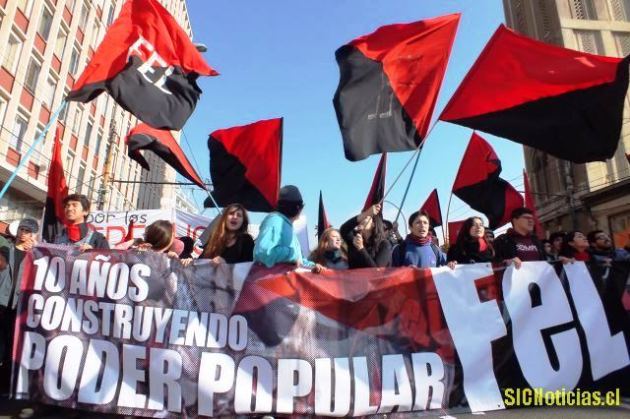
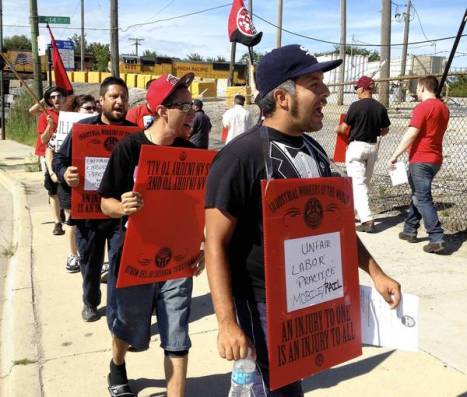
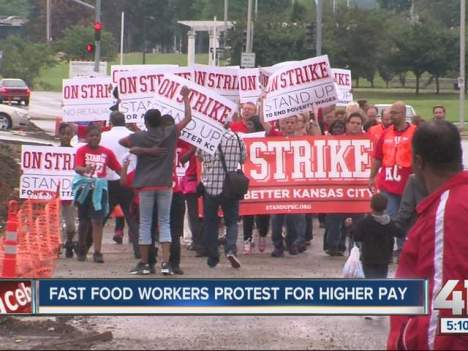
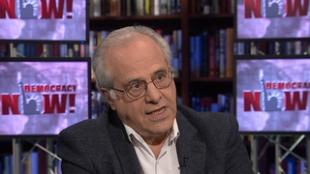
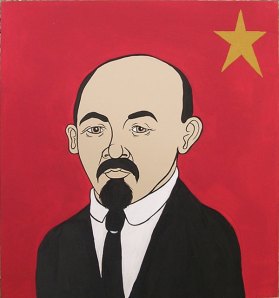
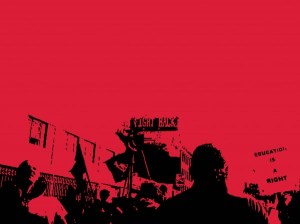



 Note: Bringing this back with a revised version. This commentary piece was removed after the attacks by right-wing blog and media sites on Van Jones intensified and led up to Obama washing his hands of Jones with his resignation. Right-wing sites cited “left wing blogger Machete408” as further ‘proof’ of Obama’s undercover socialist credentials (read an actual socialist refute this total non-sense
Note: Bringing this back with a revised version. This commentary piece was removed after the attacks by right-wing blog and media sites on Van Jones intensified and led up to Obama washing his hands of Jones with his resignation. Right-wing sites cited “left wing blogger Machete408” as further ‘proof’ of Obama’s undercover socialist credentials (read an actual socialist refute this total non-sense 
